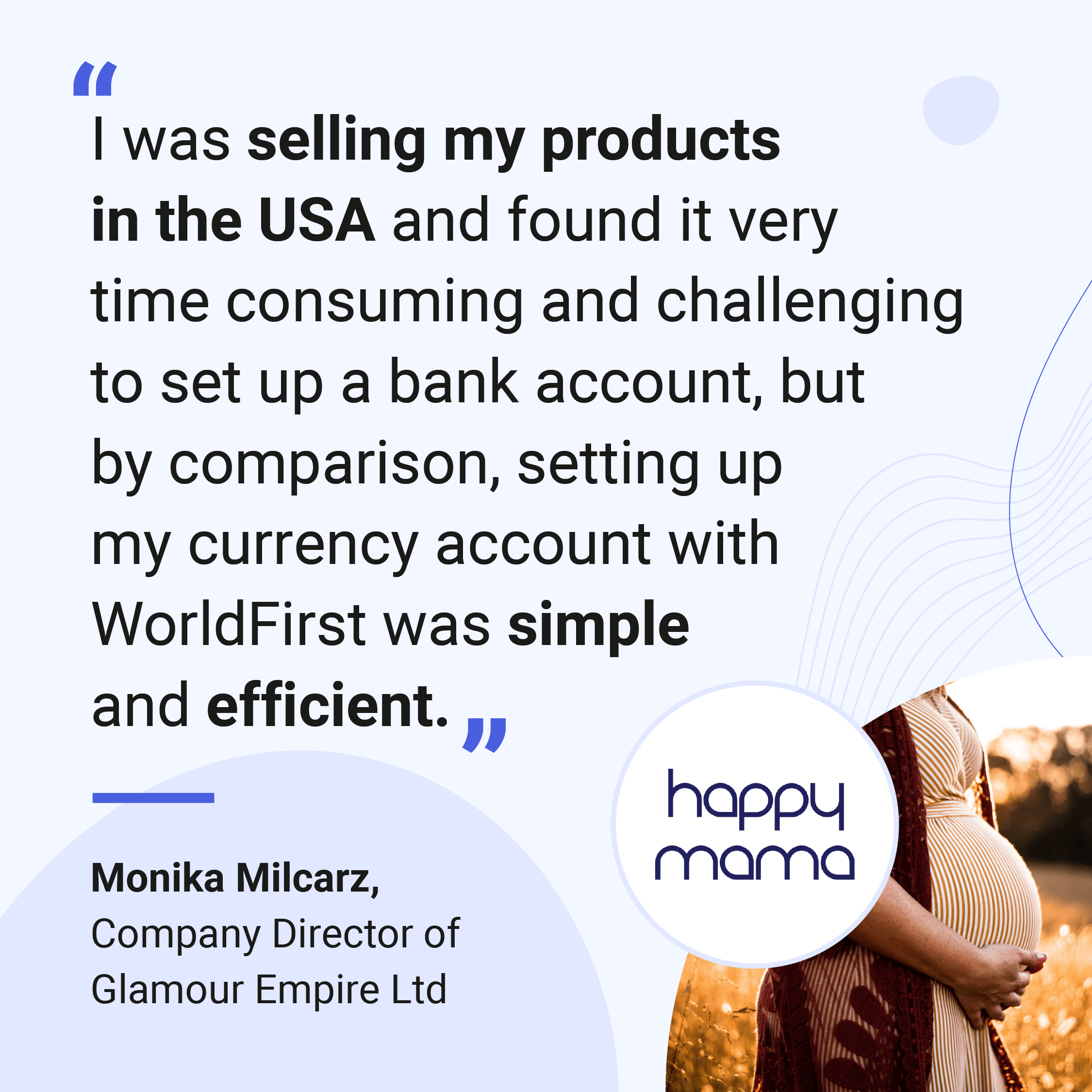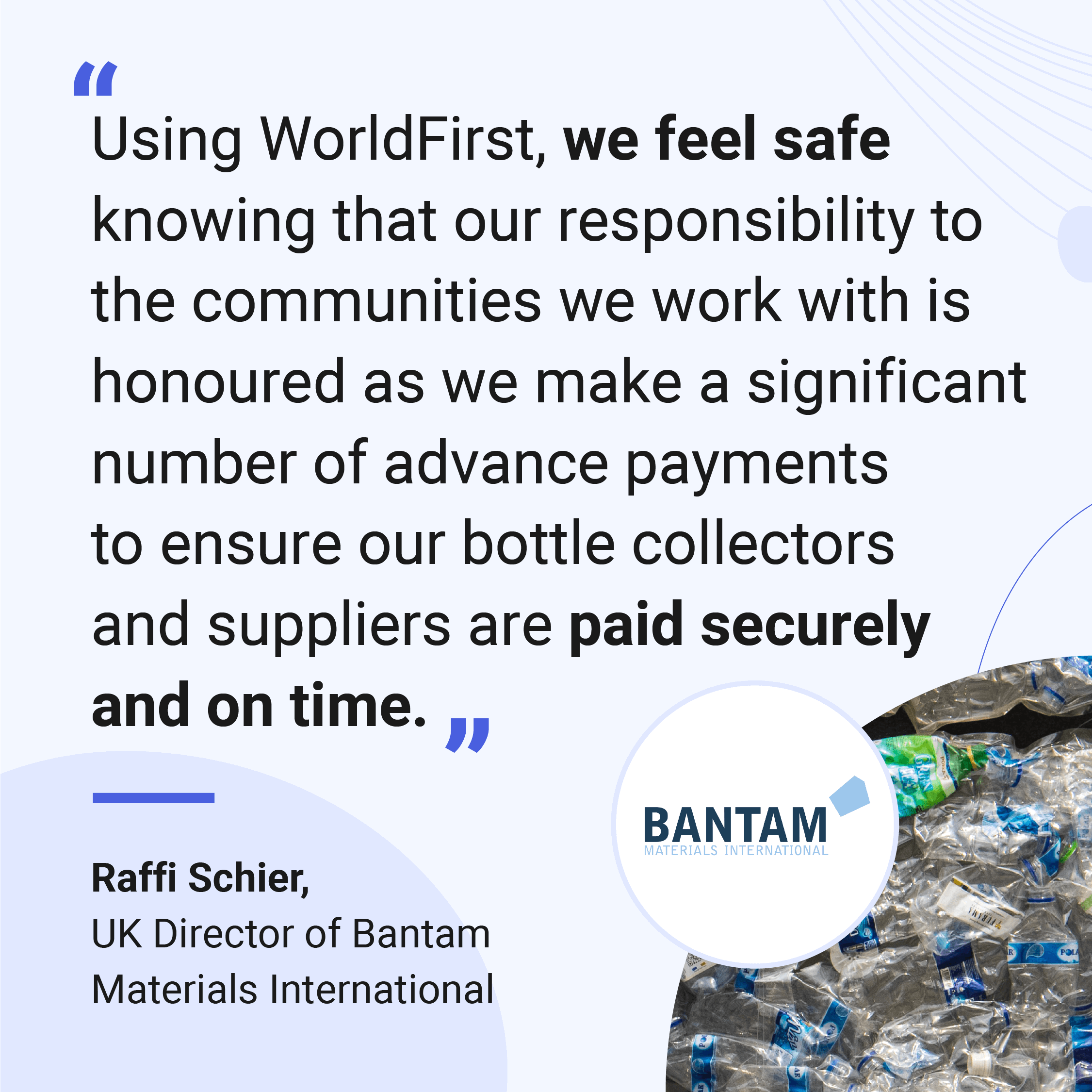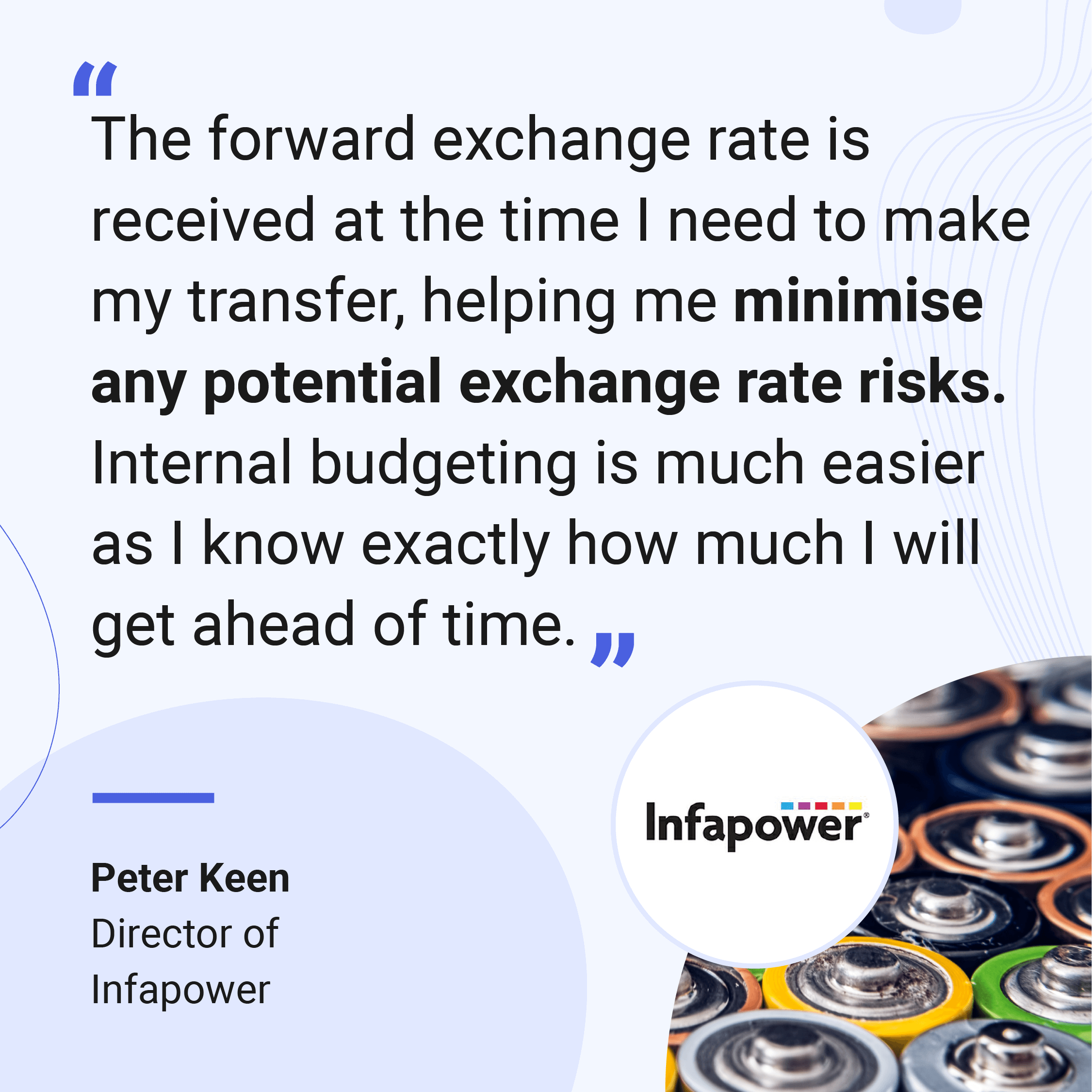
Typically, during the summer, consumers spend more money on travel, activities, and products related to their holidays. But these latest trends may mean e-commerce brands will need to adjust their sales strategy. Where in previous years, online sellers could expect high demand for beach accessories, this year they could benefit from diversifying their offerings.
Here are our tips for increasing summer sales as part of your e-commerce strategy.
The summer e-commerce slump: myth or reality?
Globally, e-commerce traffic typically experiences a slight dip from July to September every year before rebounding in the lead-up to significant e-commerce occasions like back to school and Black Friday.
However, 73% of consumers worldwide have changed their shopping habits since the pandemic. For example, 59% of consumers use their mobile in physical stores to see if they can find the same product online at a discount. More than two-thirds of consumers won’t complete a purchase if shipping isn’t free. And over a quarter are willing to pay for expedited shipping, with 62% of shoppers saying that delivery speed affects their purchasing decisions.
This means that all year round, e-commerce sellers can work to boost website conversions and avoid the so-called 'summer slump.' They need to provide tempting offers and services (like free shipping) to seal the deal.
With climate change on consumers’ minds as well, the travel season is extending beyond summer, with almost one fifth of travellers opting for travel outside of peak months to avoid heat waves. So, while sales may be lower during the hottest months of the year, you could see consistent sales before and after the summer period.
Best-selling products for summer holidays
As mentioned, travel-related products are much sought after by online shoppers during the summer months. Besides the obvious products such as swimsuits, sunscreen and sunglasses, here's a round-up of some trending products you may want to consider stocking in your e-commerce store at this time of year:
- Clothing: high-waisted leggings, crocs, basic t-shirts, waterproof jacket, sports socks, lightweight running shorts, trainer socks, shorts, cap
- Luggage: travel compression bags, packing cubes, bum bag, hanging toiletries bag, PVC cosmetics bag, travel pillow, foldable hydration bag, water-resistant backpack, RFID blocking wallet
- Accessories: ear plugs for sleeping, sleeping masks, luggage scales, compact umbrella
- Outdoor pursuits: orthotic insoles, gas stove, tent, sleeping bag, camping hammock, double camping chair, camping cookware set, inflatable sofa bed, waterproof dry bag, roll mat, camping lantern
- Cosmetics: hair clippers, beard trimmer, hair straighteners, hair curler, electric toothbrushes, eyebrow trimmer, mascara, cleansing brush, eye cream
- Technology: travel adapter, power bank, wireless earbuds, waterproof phone case, portable charger, Bluetooth speaker, headphones, camera, SD card, fitness tracker
*Please note, products sourced from Amazon Best Seller List and may be subject to change.
Open a World Account for free
- Open up to 15 local currency accounts, with local sort codes, account numbers and IBANs
- Collect secure payments from 130+ marketplaces, overseas buyers and payment processing gateways
- Pay suppliers, partners and staff in 40 currencies without hidden fees
- Pay and get paid easily with local bank details on your invoices
- Lock in conversion rates to manage your currency risk
E-commerce strategies to boost summer sales
Prepare for summer early
Start preparing for your summer sales boost early by setting up fulfilment and order management systems to ensure customers get the best service. In summary, use Order Management System (OMS) tools to automate processing and measure and optimise picking, packing, and shipping performance.
Implement a transparent returns policy and don't forget to communicate shipping dates to customers. Finally, provide best-in-class customer service to help you build customer loyalty and drive repeat business.
Boost your e-commerce website conversion rate
In general, conversion rates for e-commerce stores are low (typically 2-3%). Even the top 25% of the most-visited shopping websites have an average conversion rate of around 5%. However, optimising your product listings regardless of whether your storefront is hosted on a major shopping site or your own website is vital to maximising brand sales.
List goods on Google Shopping so those looking up price comparisons will see them. Findings from Google reveal that 62% of shoppers use Google Shopping listings to look up products in stores and from rival vendors before making a purchase.
You can ensure your prices remain competitive by integrating your storefront with an automated repricing tool. Set a minimum and maximum pricing bracket for your products (helping you maintain profit margins). The software will then scan competitor brand pages and automatically raise or lower prices to win more sales.
Don't forget to ensure your website listings are mobile-optimised, contain high-quality photos/videos of your product(s) in use and provide all the product details your customers need to make informed purchasing decisions.
Provide superior customer service
Brands that go the extra mile for their customers get three times as many word-of-mouth recommendations than those that put less effort into satisfying customers.
The checkout process is fundamental to providing a good customer experience. So, ensure your site runs as smoothly as possible, as brands that optimise checkout processes enjoy a 35% uplift in sales. To optimise the checkout experience for your customers, be upfront about the shipping cost. Alternatively, offer free shipping as far as possible – even if you have to factor the shipping cost into your product pricing. You can also set a free delivery threshold to encourage customers to increase their average order value (AVO).
Sending cart abandonment emails can help convert around 8% of site visitors into paying customers. To set up cart abandonment emails as part of your broader e-commerce strategy, set up a pop-up advertisement on your homepage, including a tempting offer for visitors who leave their details, such as 10% off their first order.
Once you have gained the customer's email, use marketing automation software to send personalised abandoned cart emails with an eye-catching call to action, encouraging the customer to return and buy.
Pay and get paid like a local
Finally, avoid any summer sales slump by enabling your customers to pay in their home currency through the World Account from WorldFirst. It integrates seamlessly with over 130+ marketplaces and payment gateways and gives you access to 15+ local currency accounts, so you can pay suppliers overseas quickly and conveniently in their own currency.
If you want to learn more about the World Account, sign up for free, or get in touch with our team.

WorldFirst
Businesses like yours trust WorldFirst
- Almost 1,000,000 businesses have sent $150B around the world with WorldFirst and its partner brands since 2004
- Your money is safeguarded with leading financial institutions

What our customers say about our services




